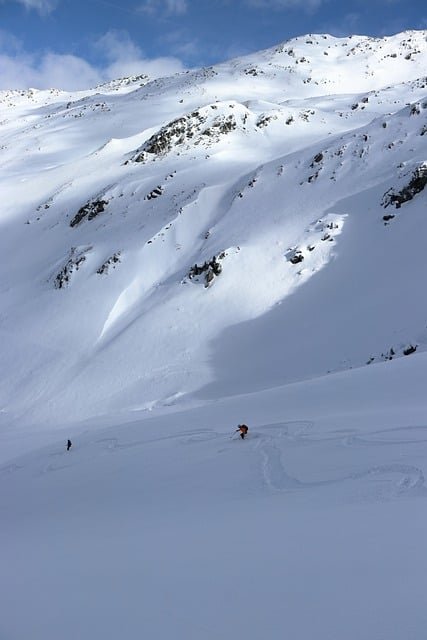
When flying an aircraft, one of the most important things to do is to communicate with Air Traffic Control (ATC) and receive clearances before taking any action. This ensures the safety of the flight and helps to maintain proper separation between other aircraft. In this article, we will discuss what an ATC clearance provides and the recommended procedures for climbing and descending VFR (Visual Flight Rules) on an airway.
An ATC clearance is a communication from the ATC to the pilot, authorizing the pilot to take a specific action. This can include taxiing, taking off, changing altitude or direction, and landing. The clearance is issued through verbal communication or via a data link system. It is essential to always receive and follow ATC clearances to ensure the safety of the flight.
When requesting a clearance, pilots need to provide their call sign, type of aircraft, and the requested action. For example, a pilot might say "ATC, this is ABC123, Cessna 172, requesting clearance to taxi to runway 25 for a VFR flight to XYZ airport." This provides the ATC with necessary information to issue a clearance specific to that flight.
ATC clearances provide pilots with a set of instructions for a particular phase of flight. It allows ATC to coordinate and maintain proper separation between all aircraft in the vicinity. Depending on the type of clearance, it can include information such as altitude, heading, route, and any other special instructions.
For VFR flights, an ATC clearance is essential when flying on an airway. Airway is a designated route in the sky between two navigation aids, such as VOR or GPS waypoints. Airway is usually designated by a specific letter, followed by a number. For example, V8 is an airway in the United States between the VORs of BERIS and CEMAN.
When flying VFR on an airway, the ATC clearance will provide information such as altitude, route, and any other necessary instructions. Following the clearance properly ensures that the aircraft stays on the designated airway and avoids conflicting traffic.
When climbing or descending on an airway, it is crucial to follow the recommended procedures to ensure the safety of the flight and maintain proper separation from other aircraft. Here are some general procedures to follow:
1. Request ATC Clearance:Before taking off or after reaching the initial altitude, request an ATC clearance for the climb or descent on the airway. As mentioned earlier, be sure to include all necessary information, such as call sign, aircraft type, and the requested action.
2. Climb or Descend to Assigned Altitude:Once the ATC clearance is received, climb or descend to the assigned altitude while maintaining VFR conditions. Make sure to follow the designated altitude on the airway and not deviate from it unless authorized by ATC.
3. Contact ATC for Any Changes:If there is a need to change altitude or deviate from the airway due to weather or other reasons, contact ATC immediately and request a new clearance. Always follow the instructions provided by ATC to avoid any conflicts with other aircraft on the airway.
4. Monitor and Report Position:During the climb or descent, be sure to monitor the aircraft`s position using the navigation equipment available and report any significant changes to ATC. This will help ATC to maintain proper separation between other aircraft and provide a more accurate picture of the traffic in the area.
5. Follow Visual Flight Rules:When flying VFR, pilots are responsible for maintaining visual separation from other aircraft and following visual flight rules. Be sure to always have a clear view of the surrounding airspace and make appropriate deviations if necessary.
An ATC clearance is a crucial communication that provides pilots with instructions and information for a safe and efficient flight. When flying VFR on an airway, it is essential to follow the recommended procedures for climb and descent to ensure proper separation and, ultimately, the safety of the flight. Always remember to communicate with ATC and follow their instructions for a successful and enjoyable flight experience.







Join our newsletter community for exclusive updates, offers, and more. Sign up now to stay in the loop!
© Outdoor-Expedition. All Rights Reserved. Design by HTML Codex